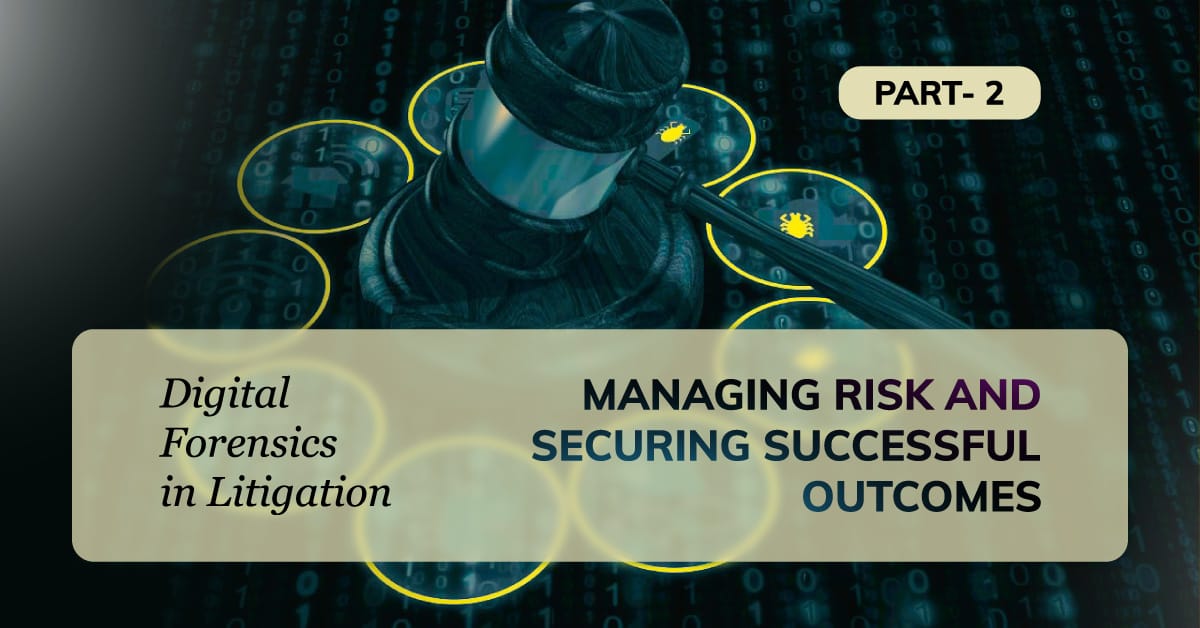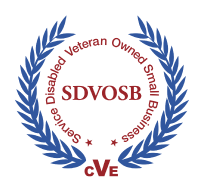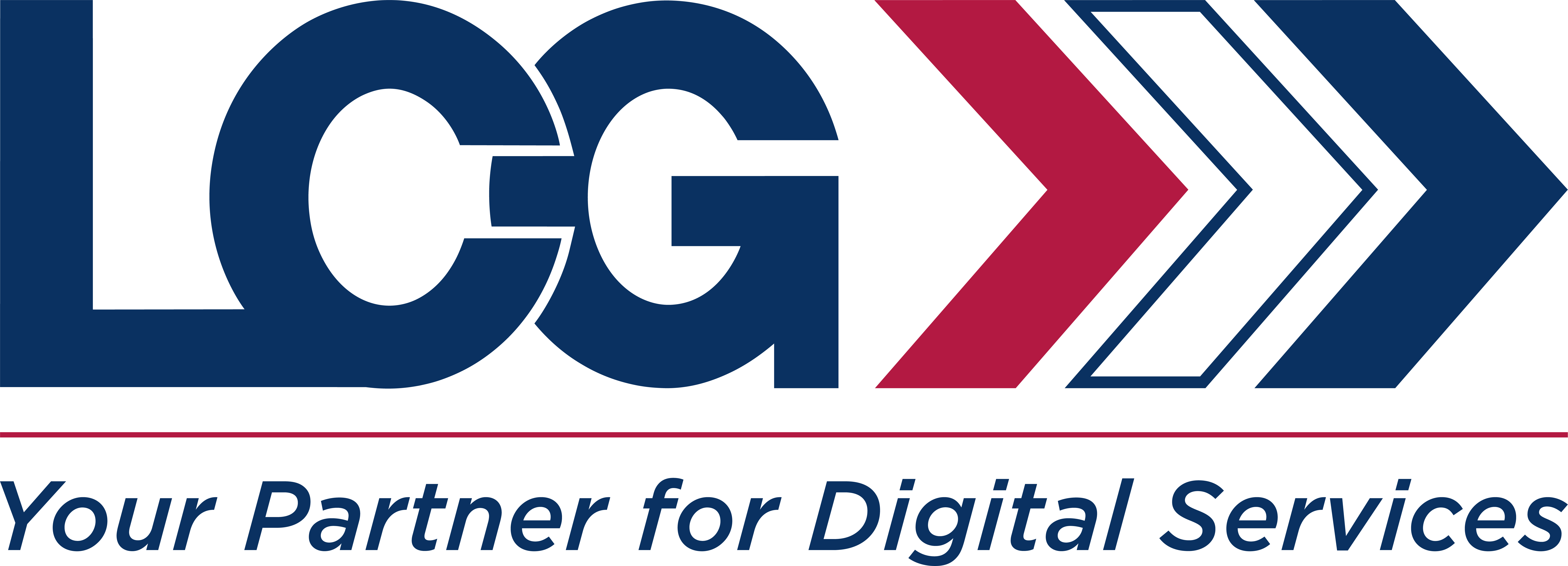Kris Carlson, Chief Operating Officer, former Digital Forensics Investigator
In an era where digital data is at the heart of business operations, digital forensics has become indispensable for managing litigation risk and improving the likelihood of a favorable outcome. From emails and text messages to cloud backups and social media posts, digital evidence can shape the trajectory of a legal dispute. Leveraging forensic techniques to collect, analyze, and preserve electronic data can significantly strengthen an organization’s position in court, reduce the risk of evidentiary gaps, and ensure compliance with legal obligations.
In Part 1 of this article, we explored why digital forensics matters and how it supports eDiscovery and Litigation. This week, in Part 2, we will cover common use cases, pitfalls, and best practices.
Common Use Cases and Sectors Benefitting from Digital Forensics
- Intellectual Property Disputes
Organizations with valuable intellectual property—such as patents, trade secrets, or proprietary research—rely on digital forensics to uncover unauthorized access, copying, or distribution of their confidential assets. Identifying the digital footprints that link a suspect to the theft of trade secrets can make the difference in obtaining an injunction or proving damages.
- Employment & Labor Cases
Employee misconduct, discrimination suits, and wrongful termination claims often hinge (at least in part) on digital evidence, including email, instant messages, phone location data, video/photos, or text/messaging conversations. Forensic analysis can aid in substantiating or refuting allegations of harassment, violations of non-compete agreements, or breach of contract.
- Regulatory & Compliance Investigations
Highly regulated industries (e.g., healthcare, finance, pharmaceuticals) must adhere to extensive compliance requirements such as HIPAA, FINRA, or FDA guidelines. Digital forensics can assist organizations in demonstrating compliance by meticulously documenting when and how data was handled, as well as identifying any unauthorized access or data leaks.
- Healthcare Data Breach Cases
Hospitals and healthcare providers house massive amounts of sensitive patient information. A single data breach could lead to class-action lawsuits, regulatory fines, and reputational damage. By conducting immediate forensic investigations, healthcare organizations can identify the source and scope of a breach, helping them manage the incident effectively and demonstrate due diligence to regulators.
- Financial Fraud and White-Collar Crime
Banks, investment firms, and other financial entities must regularly monitor digital transactions for signs of fraud. A robust digital forensic strategy ensures that questionable transactions, suspicious emails, and user activities on internal systems are properly examined and preserved. This evidence can be critical in prosecuting cases of embezzlement, money laundering, or insider trading.
Common Pitfalls in Digital Forensics
While digital forensics offers powerful advantages, mistakes can lead to adverse outcomes:
- Delayed Involvement: Waiting until later stages of litigation or investigation to hire a forensics expert may lead to lost or overwritten data (and potentially spoliation). Early involvement may help in identifying, collecting and preserving appropriate data and in turn avoid these pitfalls.
- Improper Collection: Using unverified or inconsistent methods to gather data can compromise evidence, rendering it inadmissible and potentially expose those responsible to sanctions.
- Neglecting Metadata: Overlooking metadata (creation dates, user accounts, or location data) can result in missing context crucial for proving timelines or responsibility.
- Incomplete Chain-of-Custody Documentation: If the foundational chain of custody is not meticulously tracked and recorded, courts may challenge the legitimacy of evidence.
- Failure to Scale: Underestimating the volume of data can overwhelm smaller teams and tools, delaying investigations. Scalable processes and technologies are essential for large eDiscovery projects.
Best Practices for Successful Outcomes
- Involve Experts Early – Engaging digital forensics experts at the onset of litigation or a major dispute allows for rapid data preservation and minimizes the risk of spoliation. Early collaboration with forensic specialists also enables better strategic decisions when shaping the legal case.
- Maintain Clear Documentation – Detailed chain-of-custody records, audit trails, and consistent processes—aligned with FRCP guidelines—are critical to ensuring evidence is defendable in court. Documentation not only protects the integrity of the evidence but also streamlines review and authentication.
- Leverage Technology – Adopting forensically validated and verified software and hardware tools reduces the potential for human error and expedites effective analysis, allowing legal teams to focus on strategy rather than labor-intensive processes. Automated tools also facilitate quick identification of unique file patterns, critical keywords, or anomalies.
- Train and Educate – Ongoing education of in-house counsel, IT staff, and management about data preservation obligations and eDiscovery standards can reduce costly errors. According to the Sedona Conference. (33) organizations that invest in regular training are better equipped to respond to litigation challenges and regulatory investigations.
- Foster Clear Communication – Collaboration between IT, legal teams, management, and external forensic experts is essential. When everyone understands their role in the data preservation and investigation process, the risk of errors decreases, and the accuracy of findings increases.
- Prepare for Remote Forensics – Modern digital forensics methodologies allow for remote collection and analysis, which is especially useful in geographically dispersed organizations. Proper security protocols when transferring data over networks are vital, particularly for organizations dealing with sensitive or regulated information.
Working with a Digital Forensics Partner
Choosing the right partner for digital forensics can make a tangible difference in litigation success. Look for certified professionals (e.g., GCFE, EnCE) with proven experience relevant to your industry and case type. They should have a verifiable track record of forensically sound processes, offer clear communication, and provide expert testimony when necessary. A partner who can scale up (or down) based on the scope of your litigation can save resources while still delivering high-quality results.
Additionally, consider fixed-cost or transparent billing structures that help you forecast expenses with confidence. Many organizations are unaware of how unpredictable digital forensics costs can become if the provider charges by the hour without clear parameters. A partner with a transparent or fixed-fee approach can alleviate budgetary surprises.
Conclusion
In today’s technology-driven environment, digital forensics has become a cornerstone of successful litigation strategies and risk management. By ensuring proper data collection, adhering to rigorous standards, and delivering clear, legally defensible reports, organizations—and their legal counsel—can navigate the complexities of modern litigation containing digital evidence with confidence. Whether you’re tackling intellectual property disputes, responding to regulatory inquiries, or investigating cybersecurity breaches, robust forensic capabilities can dramatically alter the outcome of your case.
At LCG Discovery, we provide comprehensive, industry-aligned digital forensic services to help you stay compliant, proactive, and in control of your legal challenges. From Early Case Assessment to courtroom testimony, our team is prepared to support your litigation goals and risk management objectives. By partnering with experienced professionals who understand both the technical and legal intricacies of electronic evidence, you can secure vital insights, minimize potential liabilities, and ultimately build stronger cases.
For more information on how digital forensics can transform your litigation strategy, contact us at LCG Discovery. We look forward to helping you navigate the digital evidence landscape with clarity and confidence.
References
11 Federal Rules of Civil Procedure, 2021. Available at https://www.law.cornell.edu/rules/frcp
22 Occupational Safety and Health Administration (OSHA), “Technical Manual—Chapter 2: Litigation and eDiscovery,” 2020. Available at https://www.osha.gov/enforcement/directives/std-01-00-002
33 The Sedona Conference, The Sedona Principles: Best Practices, Recommendations & Principles for Addressing Electronic Document Production, Third Edition, 2017. Available at https://thesedonaconference.org/publications
44 National Institute of Standards and Technology (NIST), NIST SP 800-86: Guide to Integrating Forensic Techniques into Incident Response, 2006. Available at https://csrc.nist.gov/publications/detail/sp/800-86/final
55 American Bar Association (ABA), “Digital Evidence and Its Impact on the Courts,” 2020. Available at https://www.americanbar.org/groups/litigation/committees/







